The truth about Facebook e-commerce conversion rates.
Here’s the good news. Facebook can deliver e-commerce sales. However, oftentimes, it’s not in the form that you would like. Seriously. You have to be more creative. How does this work? Well, Facebook traffic can convert if you retarget.
In other words, people who have found your website on their own and who have gone to internal pages might have a Facebook account. The next time they log on to their Facebook account at the same time you’re running a retargeting campaign, your ads will be visible to them. Your ads will remind them to go back to your shopping cart, or to your website. This has been proven to increase ROI.
Facebook can also deliver e-commerce sales through squeeze page marketing. In other words, you use Facebook to recruit people to your mailing list. It’s actually your mailing list that’s doing the heavy lifting, as far as selling stuff to your list members go.
Another way Facebook can deliver e-commerce results through your business is through a Facebook page boost. Basically, you create a Facebook page and you target lookalike audiences based on the interest of people who already like your page.
Facebook Marketing Influence
Then, you send out content. Using this content, you can profile the interests of the typical high-engagement members of your page. Once you get this essential piece of consumer intelligence, you can then run a lookalike audience campaign on Facebook targeting people with those same interests.
The idea is: if you know the interest of the person who actually buys from you and you advertise to another person with the exact same set of interests, the chance of that second person buying is much higher than a complete and total stranger.
The bottom line? Yes. Facebook can deliver e-commerce sales, but you have to use its tools the right way. You can’t just go in there, advertise an affiliate link, or a direct link to your Shopify store, or a direct link to your product, and expect a sale.
It doesn’t work that way. Sure, you can convert every once in a while, but chances are you’re not going to get the results you’re looking for. You have to use it using the techniques outlined above.
Achieve Realistic Results with Facebook Lead Generation
As you probably already know, when you run a paid campaign on Facebook, its ad platform allows you to collect leads. That’s right. You can run a lead generation campaign. The problem is there are so many myths and misconceptions surrounding lead generation on Facebook that you’ll probably fail.
I don’t mean to depress you. I definitely don’t say that to discourage you, but let’s get real here. If you believe in these misconceptions, then chances are you’re just setting yourself up for a letdown.
One of the most powerful myths, that’s very hard to shake, is that straight lead opt-ins can be had for cheap on Facebook. Nothing could
Facebook's Marketing Influence.
be further from the truth. In fact, I see tweets about this for marketers all the time.
These are people who know their way around Facebook. These are not people who just tried Facebook or are in any way, shape, or form wet behind ears. These are veterans. All I can see is them complaining, moaning, and groaning that it’s just too expensive.
In fact, one person was saying that in her niche, you basically had to spend $80 just to get a lead. Now, you probably already know that a lead is very different from a sale and that $80 per lead is very expensive.
How do you make things better for yourself if you’re running a Facebook lead generation campaign? How do you set yourself up in such a way that you don’t end up like these people who’re complaining that generating leads is just too expensive or downright impossible?
Well, it’s actually quite easy. Follow the steps below:
Find Competitors And Figure Out Their Freebies
The first thing that you need to do is to like your competitors’ pages and join their groups. This way, you set up your user profile to be targeted by their ads. Find their ads and figure out what they’re using for freebies.
What will this tell you? First of all, it will tell you what kind of incentives are available. It also tells you that nine times out of ten, your competitors have tested their campaigns.
This means that if you keep seeing the same type of freebie come up again and again, chances are that should be the kind of freebie you should be offering.
They’re not doing it for their health. They’re not doing it because they have nothing else better to do. They did not just take some wild stab in the dark to come up with that freebie.
The reason why that type of freebie crops up, again and again, is because people somehow, someway get results from that. Stick to that.
#whatistruthoffacebooke-commerceconversionrates, #conversionrateoptimization, #conversionrate, #facebookads.
Here’s the good news. Facebook can deliver e-commerce sales. However, oftentimes, it’s not in the form that you would like. Seriously. You have to be more creative. How does this work? Well, Facebook traffic can convert if you retarget.
In other words, people who have found your website on their own and who have gone to internal pages might have a Facebook account. The next time they log on to their Facebook account at the same time you’re running a retargeting campaign, your ads will be visible to them. Your ads will remind them to go back to your shopping cart, or to your website. This has been proven to increase ROI.
Facebook can also deliver e-commerce sales through squeeze page marketing. In other words, you use Facebook to recruit people to your mailing list. It’s actually your mailing list that’s doing the heavy lifting, as far as selling stuff to your list members go.
Another way Facebook can deliver e-commerce results through your business is through a Facebook page boost. Basically, you create a Facebook page and you target lookalike audiences based on the interest of people who already like your page.
Facebook Marketing Influence
Then, you send out content. Using this content, you can profile the interests of the typical high-engagement members of your page. Once you get this essential piece of consumer intelligence, you can then run a lookalike audience campaign on Facebook targeting people with those same interests.
The idea is: if you know the interest of the person who actually buys from you and you advertise to another person with the exact same set of interests, the chance of that second person buying is much higher than a complete and total stranger.
The bottom line? Yes. Facebook can deliver e-commerce sales, but you have to use its tools the right way. You can’t just go in there, advertise an affiliate link, or a direct link to your Shopify store, or a direct link to your product, and expect a sale.
It doesn’t work that way. Sure, you can convert every once in a while, but chances are you’re not going to get the results you’re looking for. You have to use it using the techniques outlined above.
Achieve Realistic Results with Facebook Lead Generation
As you probably already know, when you run a paid campaign on Facebook, its ad platform allows you to collect leads. That’s right. You can run a lead generation campaign. The problem is there are so many myths and misconceptions surrounding lead generation on Facebook that you’ll probably fail.
I don’t mean to depress you. I definitely don’t say that to discourage you, but let’s get real here. If you believe in these misconceptions, then chances are you’re just setting yourself up for a letdown.
One of the most powerful myths, that’s very hard to shake, is that straight lead opt-ins can be had for cheap on Facebook. Nothing could
Facebook's Marketing Influence.
be further from the truth. In fact, I see tweets about this for marketers all the time.
These are people who know their way around Facebook. These are not people who just tried Facebook or are in any way, shape, or form wet behind ears. These are veterans. All I can see is them complaining, moaning, and groaning that it’s just too expensive.
In fact, one person was saying that in her niche, you basically had to spend $80 just to get a lead. Now, you probably already know that a lead is very different from a sale and that $80 per lead is very expensive.
How do you make things better for yourself if you’re running a Facebook lead generation campaign? How do you set yourself up in such a way that you don’t end up like these people who’re complaining that generating leads is just too expensive or downright impossible?
Well, it’s actually quite easy. Follow the steps below:
Find Competitors And Figure Out Their Freebies
The first thing that you need to do is to like your competitors’ pages and join their groups. This way, you set up your user profile to be targeted by their ads. Find their ads and figure out what they’re using for freebies.
What will this tell you? First of all, it will tell you what kind of incentives are available. It also tells you that nine times out of ten, your competitors have tested their campaigns.
This means that if you keep seeing the same type of freebie come up again and again, chances are that should be the kind of freebie you should be offering.
They’re not doing it for their health. They’re not doing it because they have nothing else better to do. They did not just take some wild stab in the dark to come up with that freebie.
The reason why that type of freebie crops up, again and again, is because people somehow, someway get results from that. Stick to that.
#whatistruthoffacebooke-commerceconversionrates, #conversionrateoptimization, #conversionrate, #facebookads.
- Catégories
- E commerce Divers

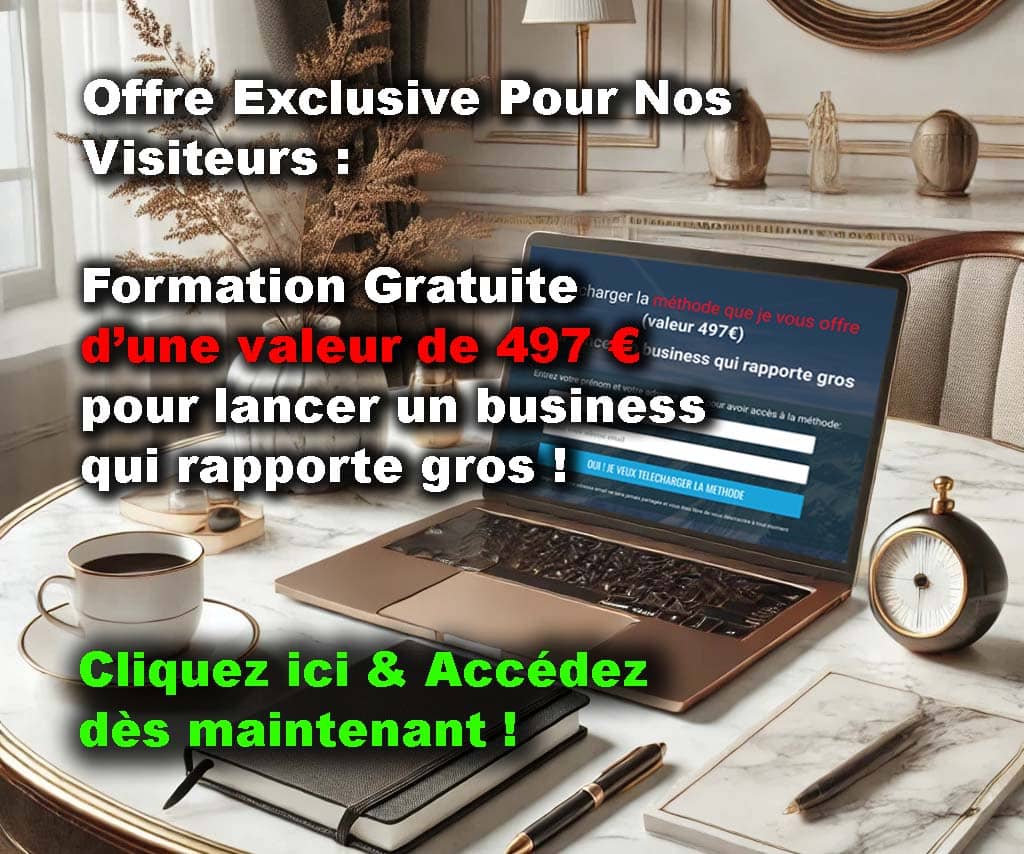




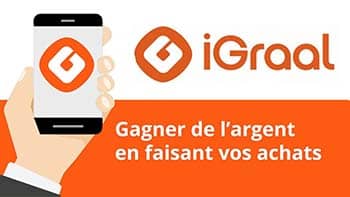


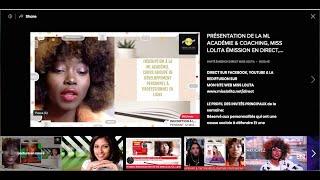
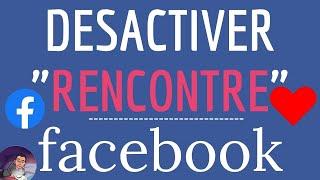
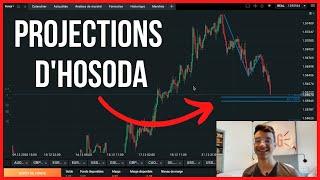


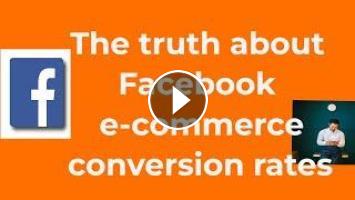
Commentaires